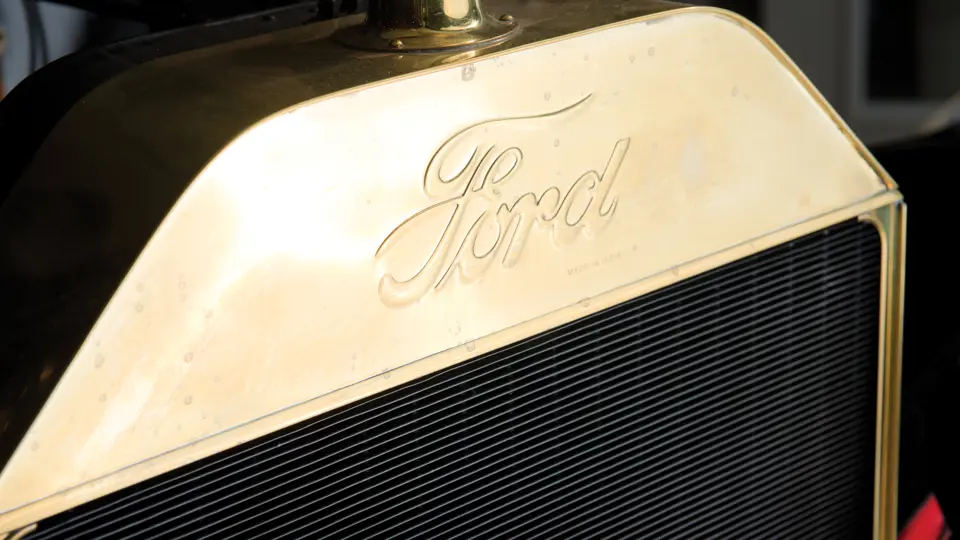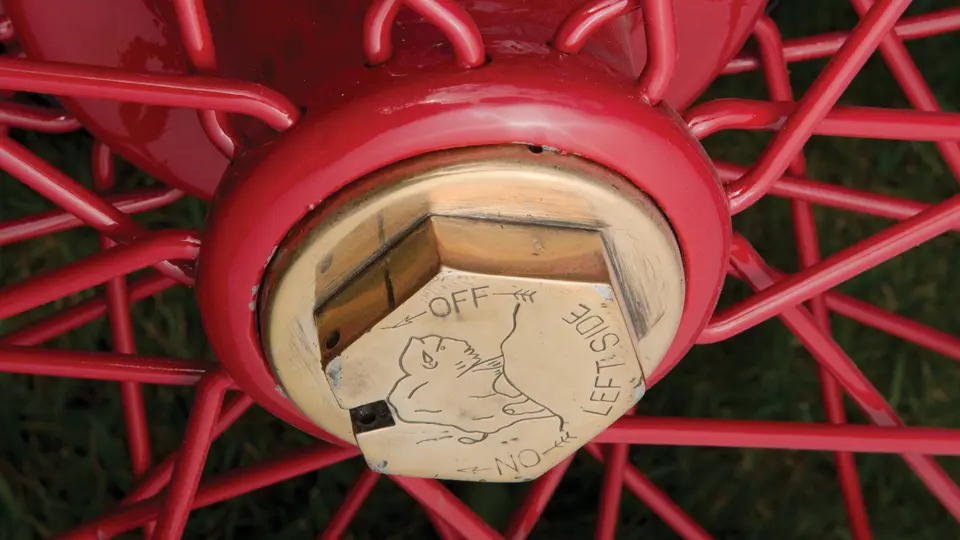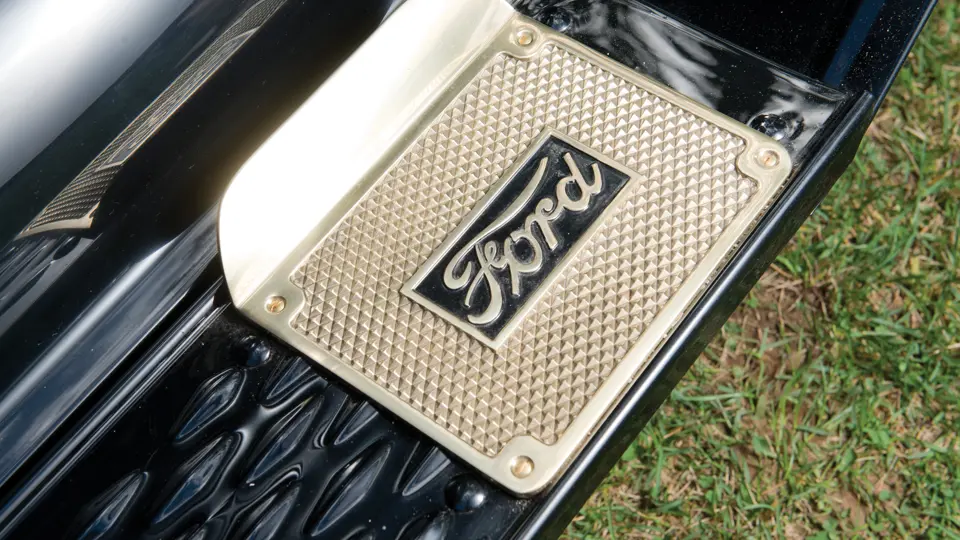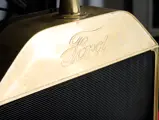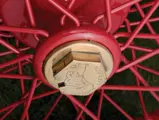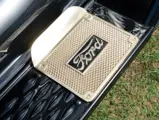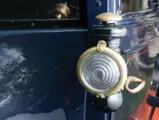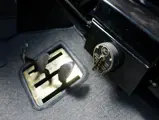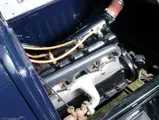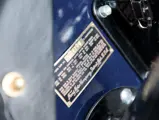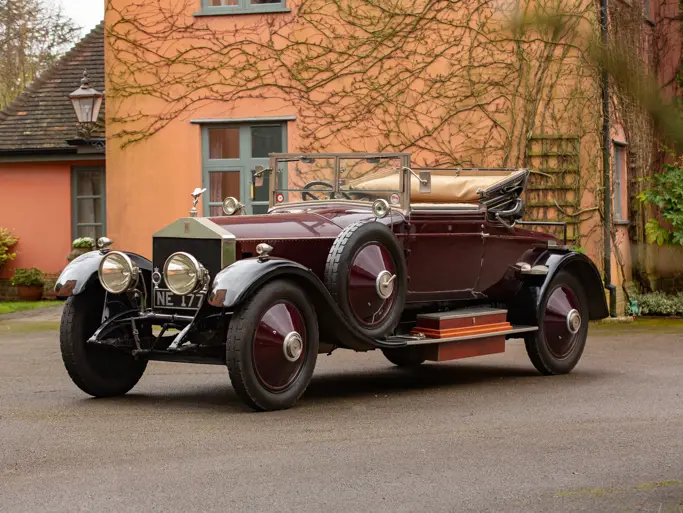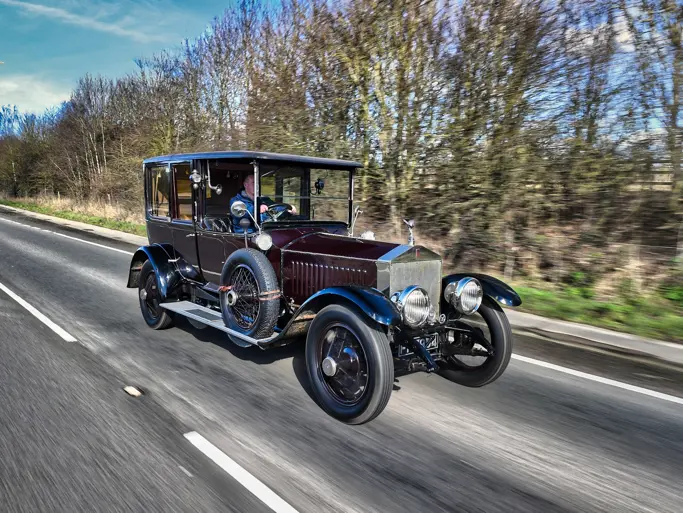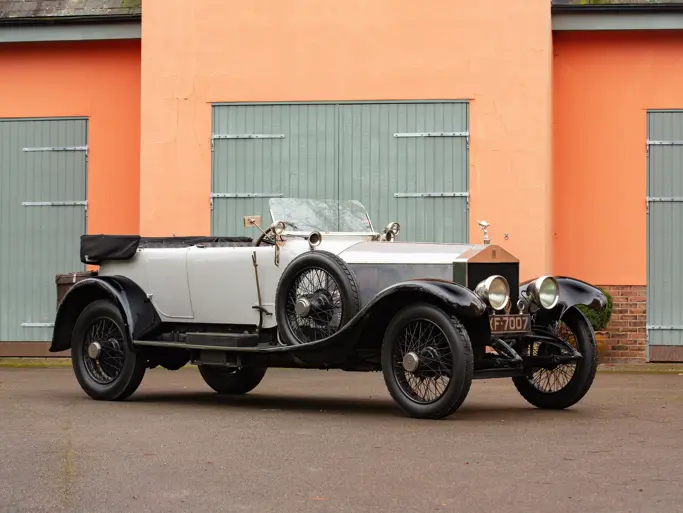20 bhp, 176.7 cu. in. four-cylinder inline L-head engine, two-speed planetary transmission, solid front axle and live rear axle with transverse semi-elliptic leaf springs, and a transmission brake and two-wheel mechanical drum brakes. Wheelbase: 100 in.
Ford’s 1915 model year began late in 1914. In September, a new sedan was introduced: the famous “center door” sedan with doors located on each side in the middle of the passenger compartment. Shortly thereafter came the Coupelet; as the name implies, it is a combination of coupe and cabriolet. Together, they comprised the advance guard of a new line of Fords for 1915, with curved rear fenders and metal cowls flared to the body and hood. Electric headlights were now the standard issue, and they were powered by the engine’s magneto, which was upgraded to supply extra current. Side lights and taillights remained kerosene-fueled.
The coupelet, in retrospect, can be called the first Ford convertible, as it had all the attributes of the modern convertible coupe. In contrast to the roadster, it had an upright windshield, like the sedan and town car, and a snug roof with landau irons. The doors contained full-height glass windows, which lowered with a strap. The roof could be lowered along with the windows, resulting in a fully open two-seat car, which was very unusual for the time. The roof covering was genuine leather. The seats and door panels were available covered in either leather or fabric.
When discovered in California, this Coupelet was an original Colorado car that was found to be untouched. A five-year nut-and-bolt restoration was completed in September 2012. The body has all new wood, with mostly original sheet metal, and it is in correct midnight blue with black fenders. It has wood artillery wheels and all-white tires. The seat is diamond-tufted black leather. The carpet and door panels are of grey wool, which also lines the trunk. The top is black leather with blue wool lining.
Mechanically, it has been completely rebuilt, but it runs on standard gears and an ignition. An electric starter has been fitted for ease of operation, and a cherry battery box is on the running board. A new Brassworks radiator has been installed, and electric headlights flank the oil side lamps and taillight.
About 2,500 coupelets were built over a three-year period. Some 30 coupelets are known to survive, making this a rare example. Fresh from a complete and meticulous restoration, this Coupelet represents an opportunity unlikely to be soon repeated.


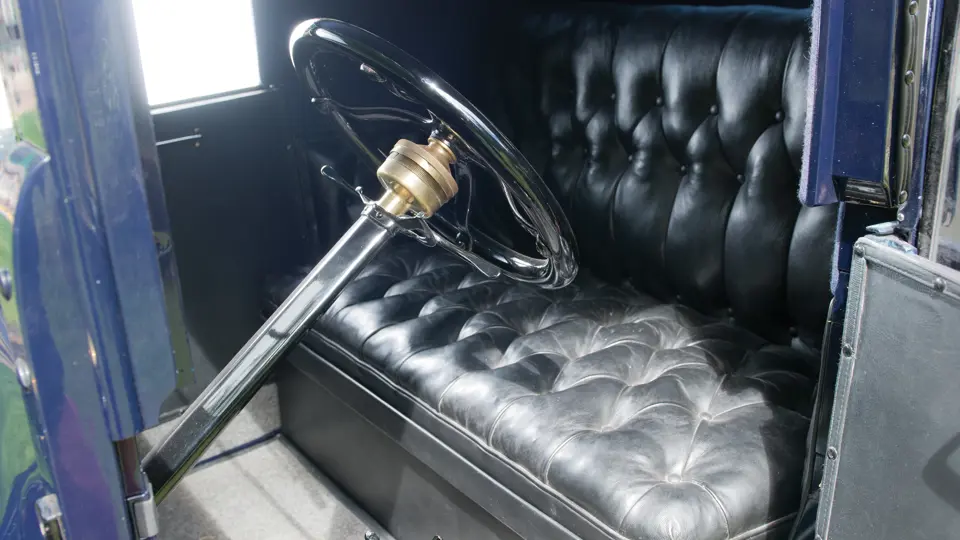

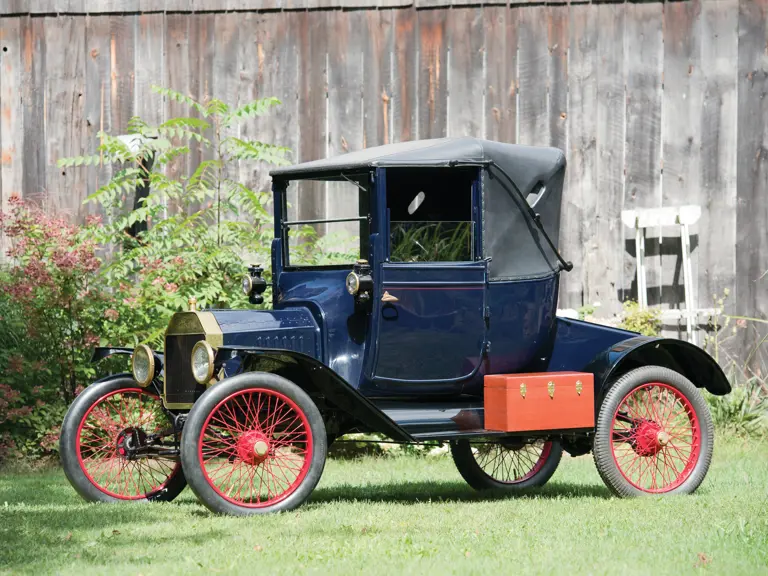
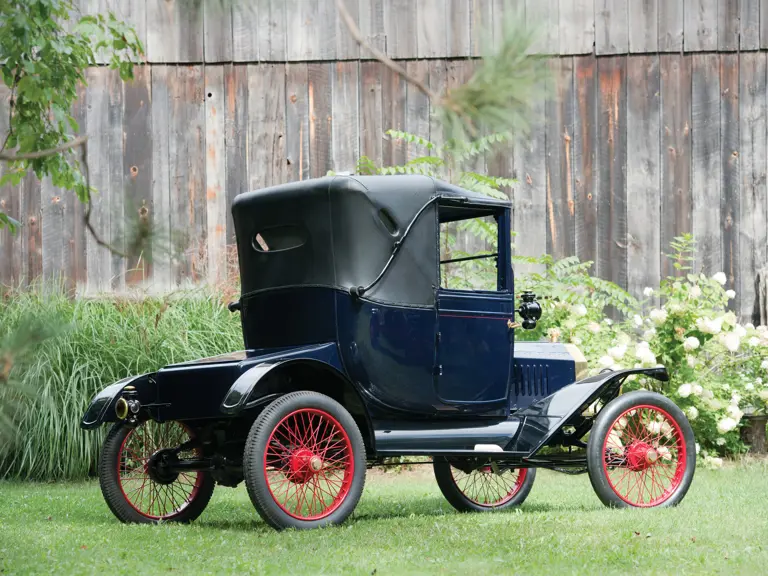
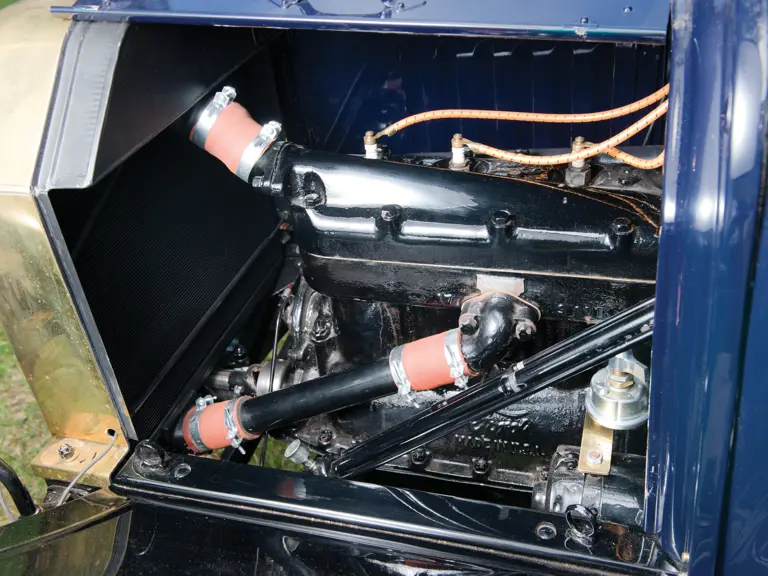
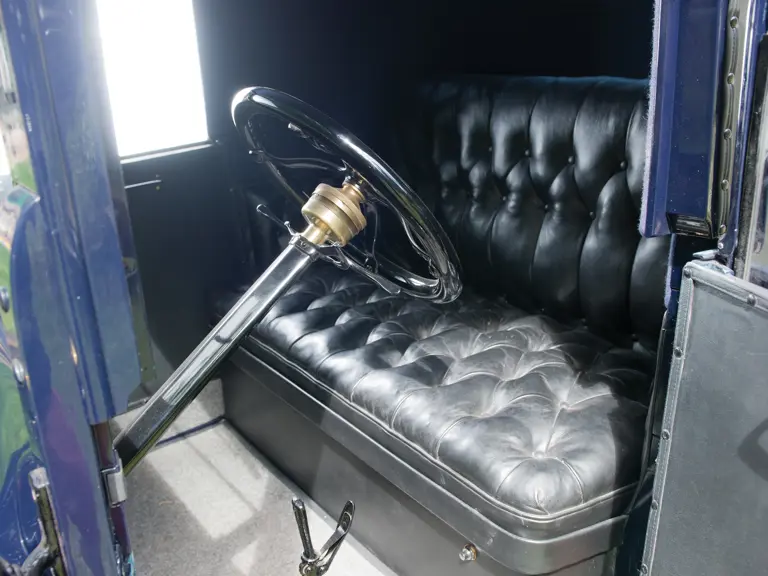
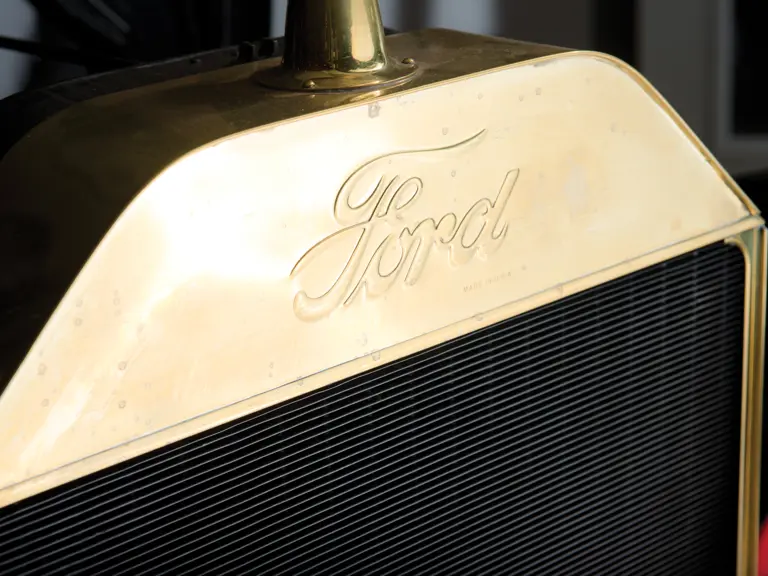

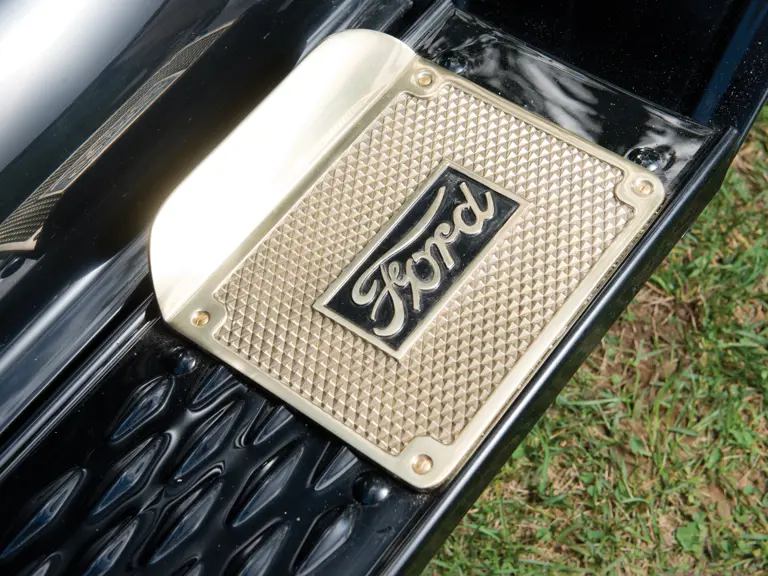
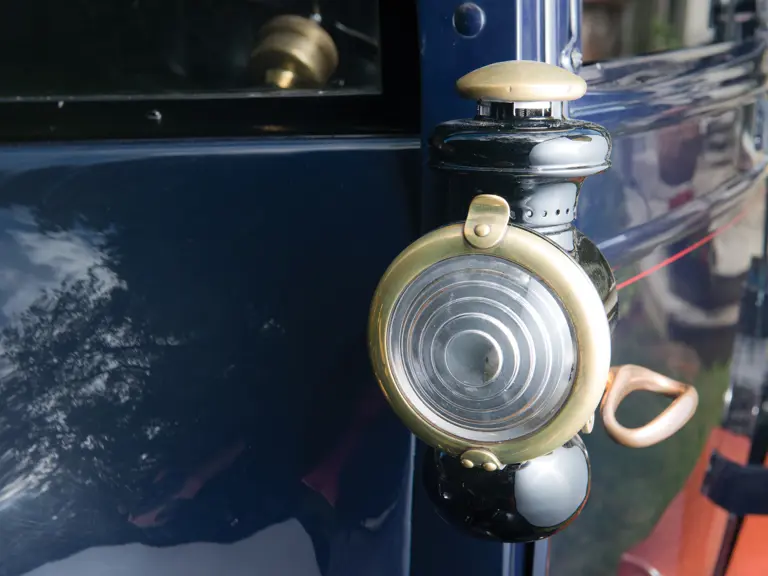
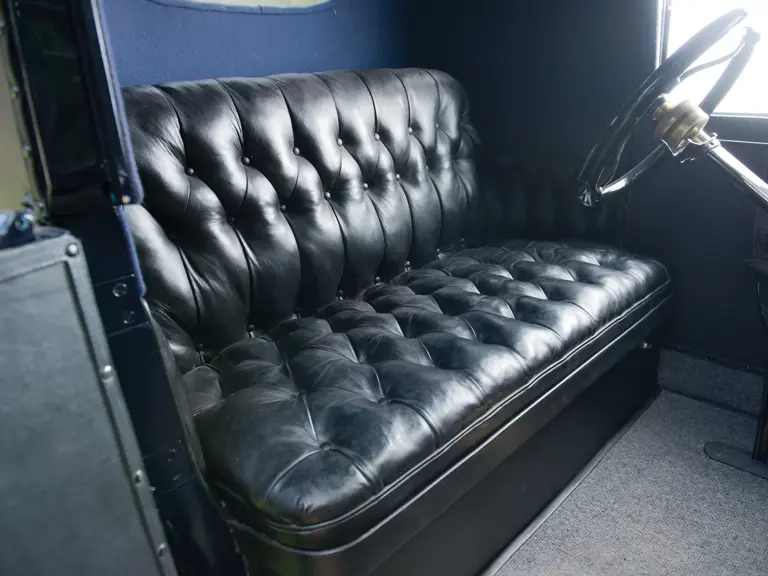
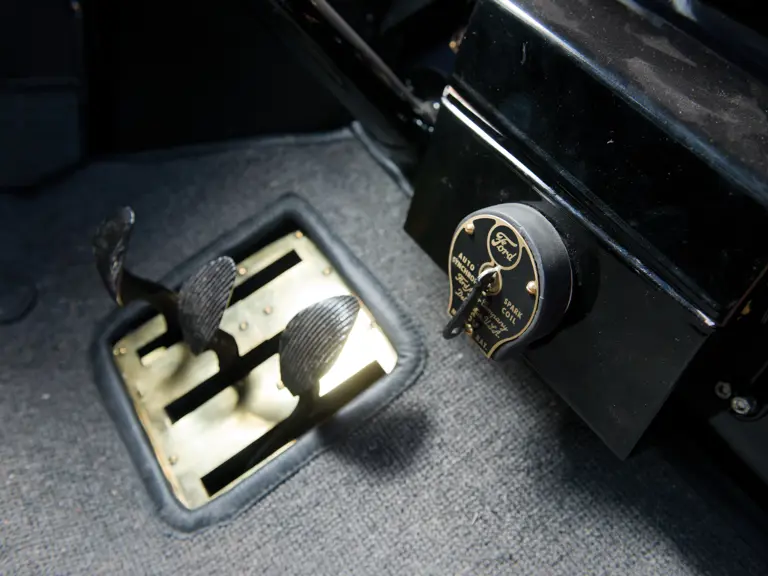

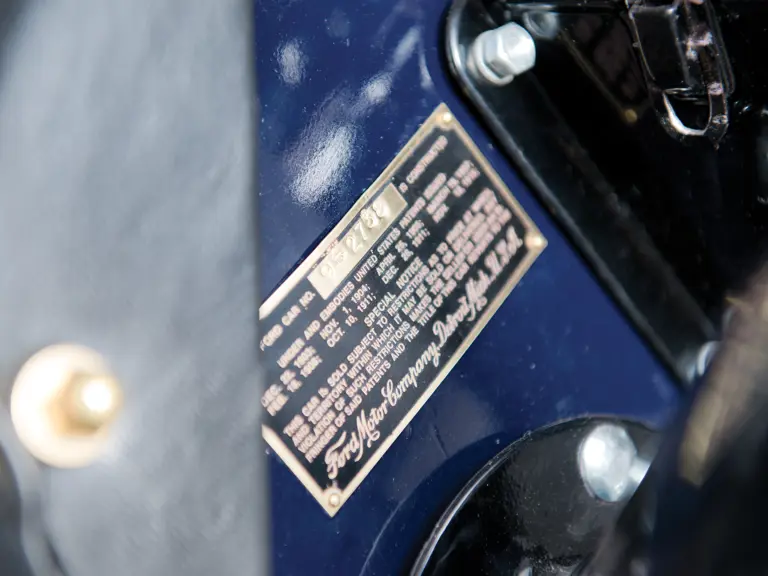
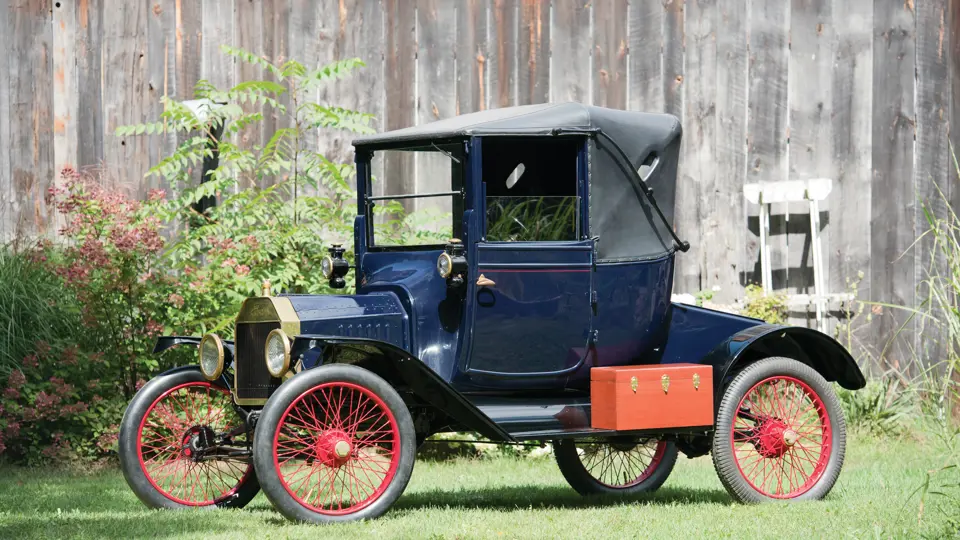
 | Hershey, Pennsylvania
| Hershey, Pennsylvania
